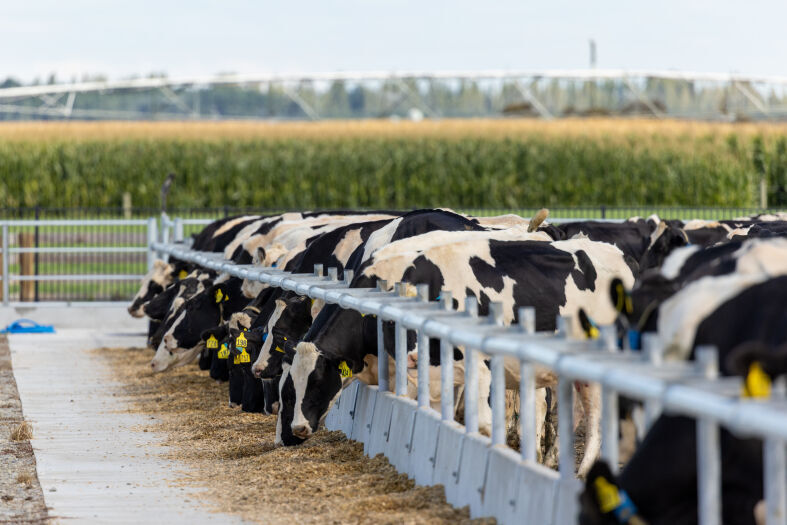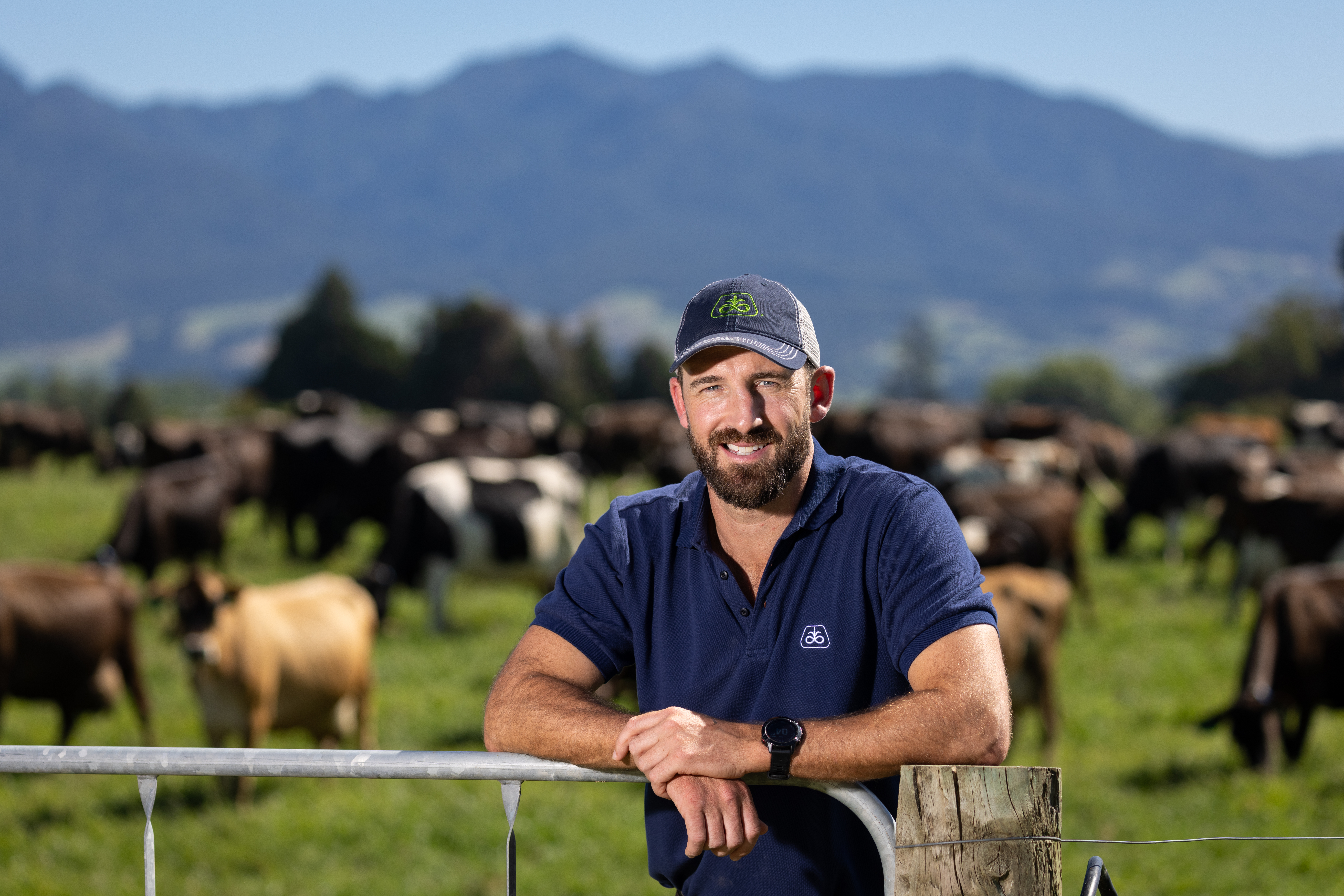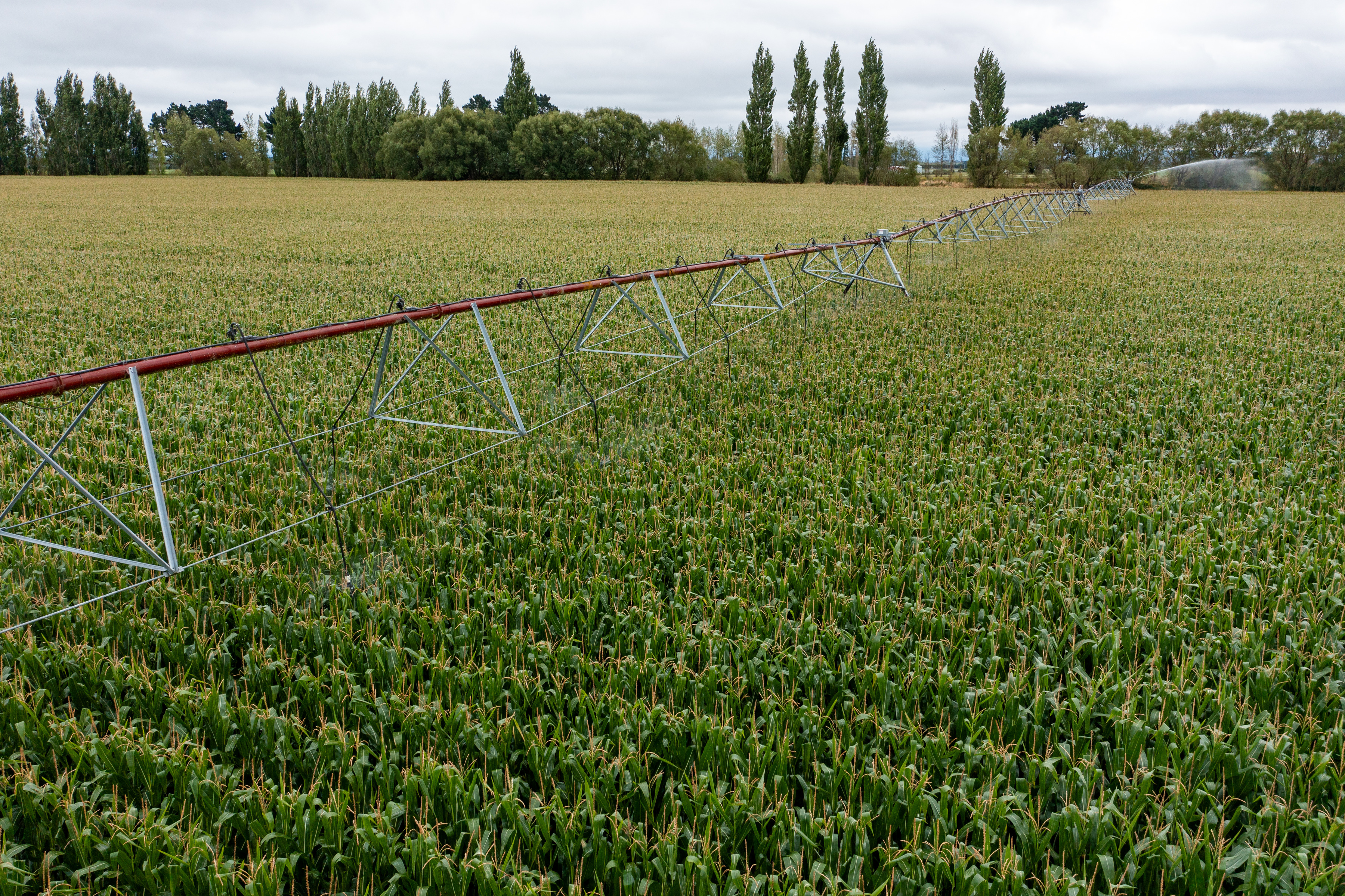
Articles
Don’t leave next season’s feed to chance

After a favourable summer across much of the South Island, most farmers went into the past winter with good pasture cover levels and solid supplementary feed reserves. Now those reserves are getting eaten into, and the focus must turn towards ensuring there is enough feed for the season ahead, Pioneer Farm Systems Manager Matt Dalley says.
Most Canterbury farmers have the option to grow maize silage on farm or to buy it in.
“Whichever option you choose, now is the time to secure your feed supply” says Matt. “Farmers who leave it too late may find themselves paying more for maize silage on the spot market or missing out altogether”.
“In a high payout season, the costliest mistake you can make is to run out of feed” says Matt. “It’s much easier to plan ahead than to be left scrambling for feed when the weather doesn’t play ball”.

Matt Dalley says the focus is now on securing enough feed for the upcoming season
Why maize silage stacks up
Maize silage consistently delivers more homegrown feed per hectare than other forage crops and has become one of the most cost-effective ways to put milk in the vat. With demand forecast to rise again this season, the benefits stack up.
- Reproduction: Consistent energy intake helps reduce condition score loss, reducing the time for cows to start cycling and improving conception rates.
- Body condition: High-energy, moderate-protein feed makes it easier to lift cow condition before dry-off without impacting production.
- Winter crop transition: Having a good buffer of maize silage for winter can help farmers make transitioning on and off winter crops easier.
- Pasture renovation: Maize is a simple way to renovate tired paddocks, returning them to strong pasture after harvest.
- Feed buffer: Having maize silage on hand provides insurance against unfavourable weather conditions, which can slow pasture growth.
- Transition cows: The low dietary cation-anion balance (DCAD) of maize silage makes it an ideal base to transition cow rations, helping to reduce the incidence of milk fever post calving.
Another big advantage of maize silage is flexibility. If a good summer means you don’t need it straight away, maize silage keeps well in the stack until you do.
Plan early and stress less
“Plan for a pinch” says Matt. “We don’t know what the season will throw at us; however, the flexibility of having a stack of maize silage on hand can help keep production steady”.
Now is the time to talk with your contractor, contract grower, or Pioneer Area Manager about locking in your maize silage supply for next season. It’s better to have it ready and not need it than need it and not have it.

Maize is a simple way to renovate tired paddocks, returning them to strong pasture after harvest.
